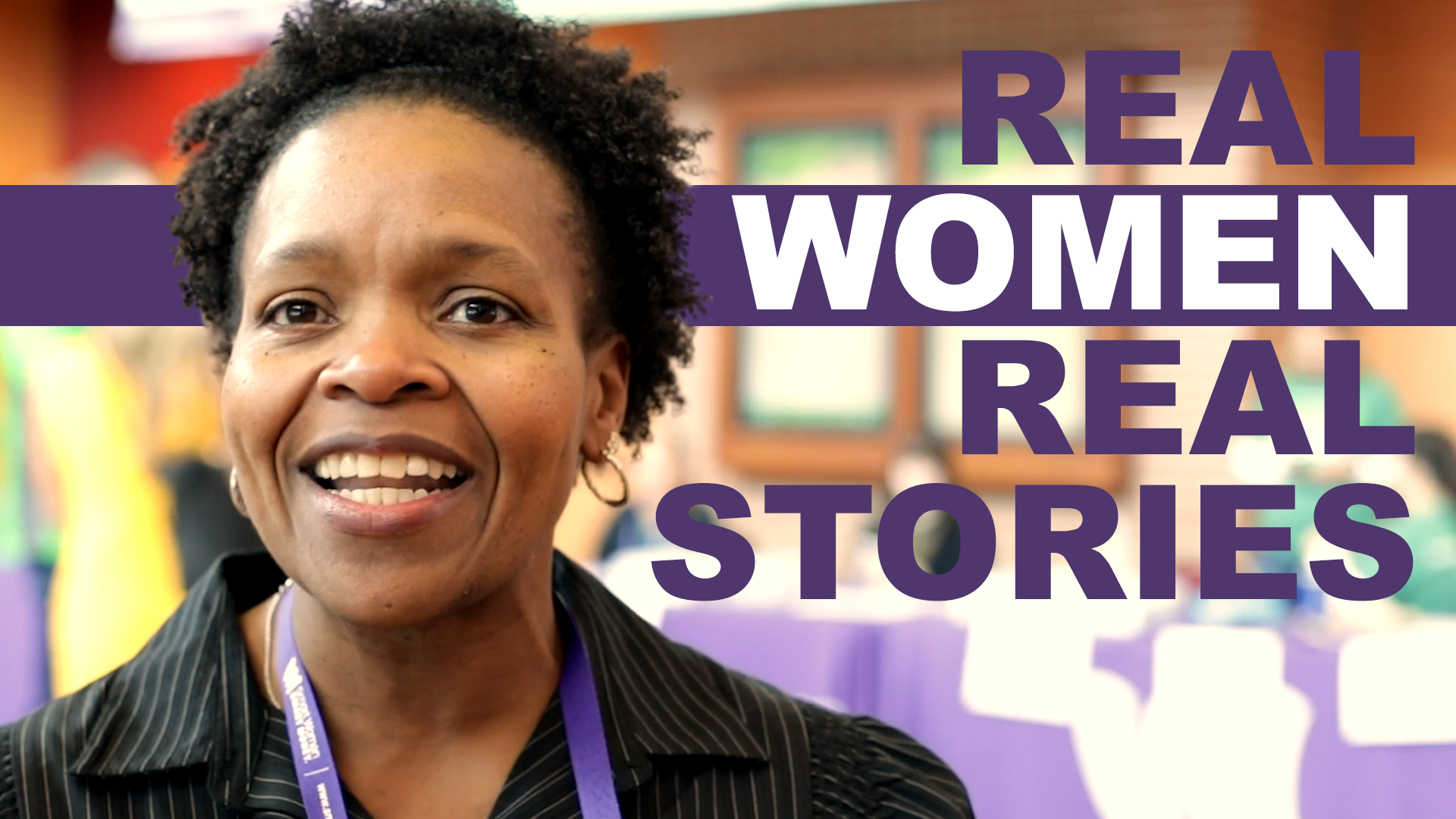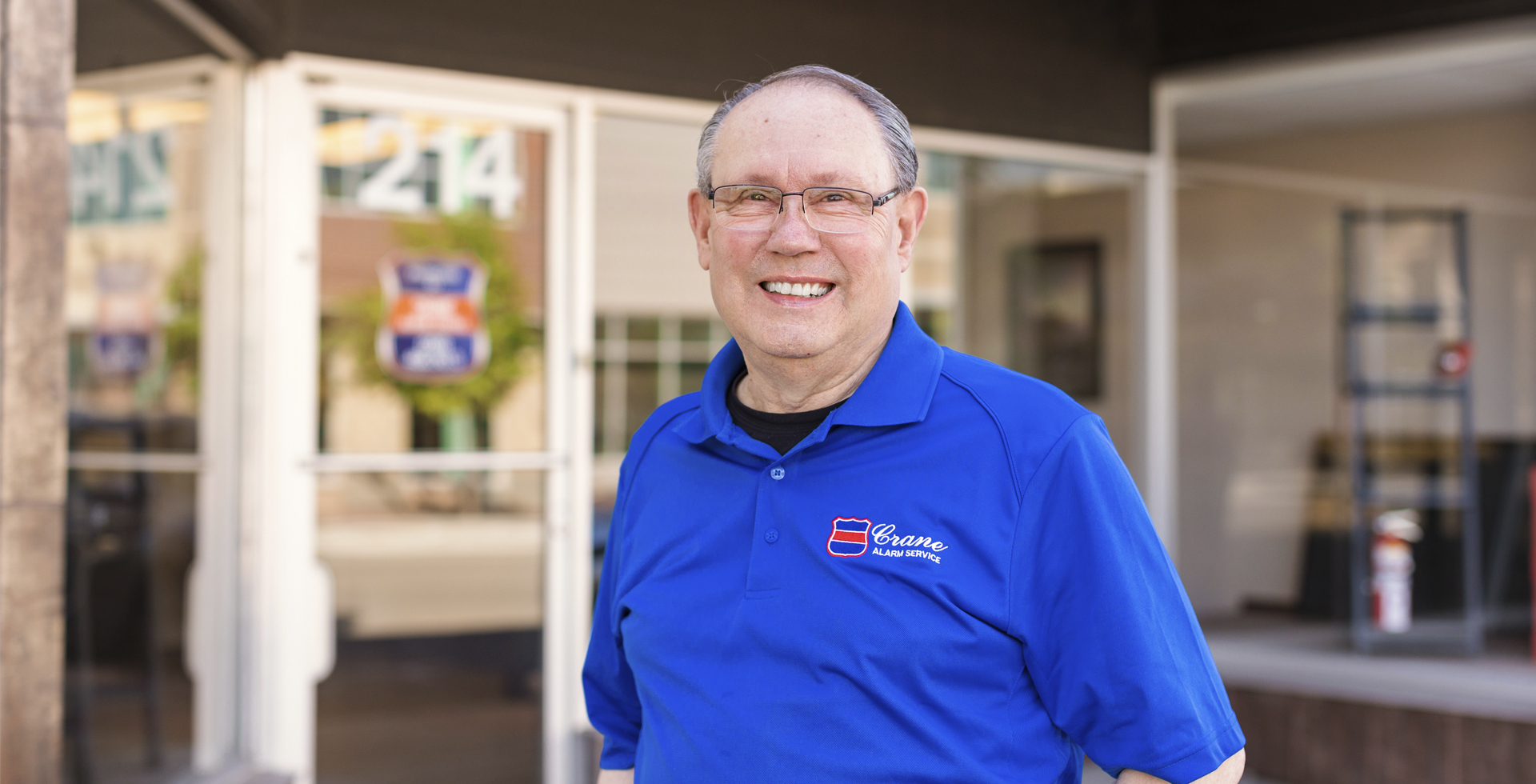By Maggie Murphy
As an educator for the past 29 years, I frequently observe trends in education and note their impact. Homeschool enrollment has increased substantially over the past decade. What brought about this increase? Did the lockdowns play a significant role? Recent data offers highlights in noteworthy educational trends in America.
While religious instruction used to be the primary reason why parents homeschooled their children, this is no longer accurate. According to a recent article in Forbes, parents’ top reasons why they commit to homeschooling include safety concerns and a commitment to provide stronger academic options. In addition, many homeschooling families cite the desire for stronger accommodations to meet their children’s physical or mental needs or provide quality, short-term homeschooling.
Homeschool Statistics
Babwell’s Homeschooling Statistics shares even greater detail. Since 2016, an additional 1.4 million new students have joined homeschool programs, making this “the fastest growing form of education in the United States.” Additional statistics show trends in national and grade-specific growth:
- Just under 7% of U.S. students participate in a homeschool program.
- The highest percentage of homeschool students attend grades 6-8 (around 1/3 of participants).
- Homeschool enrollment doubled in the first year of the pandemic.
The Shift During the Pandemic
The lockdowns played a significant role in the rise of homeschooling, forcing parents to get out of their “comfort zone” and take a more active role in their children’s education. According to an article from PBS, the enrollment of black families increased fivefold, with parents citing displeasure with their children’s remote learning sessions. One mom found homeschooling to be the ideal vehicle to incorporate additional “lessons on financial literacy, Black history, and Caribbean history important to her heritage.” Parents discovered that they were up to the task and responded to the challenge of working with their children’s unique learning styles.
Designing a Program Specific to Your Child
Perhaps the most exciting part of homeschooling is that there is nothing typical about it! Parents have the ability to design a program specific to their children’s needs. Some parents design their own unique K-12 homeschool program, utilize online resources, or partner with local co-ops.
Parents can utilize homeschooling when temporary accommodation is required, such as extra time to recover from an illness or an alternative for the final years of high school when the family must relocate. Some parents enroll their children in the local public elementary school, begin homeschooling in middle school, and later partner with a local dual enrollment or early college program.
Costs and Savings
From a financial perspective, homeschooling offers an affordable option for families. According to the National Home Education Research Institute (NHERI), the average cost per homeschool pupil is around $50-100 per month. However, the surprising finding was the taxpayer savings. While some of these students participate in their local public school’s extracurricular or early college programs, homeschooling saves taxpayers over 50 million dollars each year. *
I’ve worked with students from a wide range of educational backgrounds, including many homeschool students. The rise in homeschooling offers further evidence of the diverse educational options available within this magnificent country. Teaching is a challenging but fulfilling job that requires focus, patience, and dedication. If parents want to become more involved in their students’ education, we should applaud these efforts and continue to explore where the traditional and homeschool classrooms might work together to educate the next generation.

ABOUT THE AUTHOR
Maggie Murphy is a lifelong Michigander and graduate of Hillsdale College. She is an enthusiastic educator with 29 years’ experience helping community college students reach their academic and career goals. Maggie is also the author of the children’s book, Sara Dippity, and can often be found performing Irish, Scottish, and Americana folk music and running a small farm with her husband.










